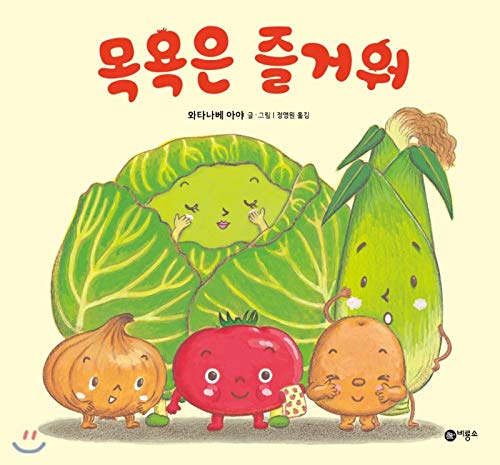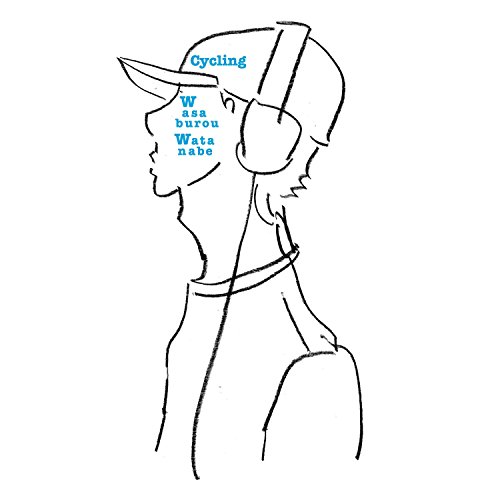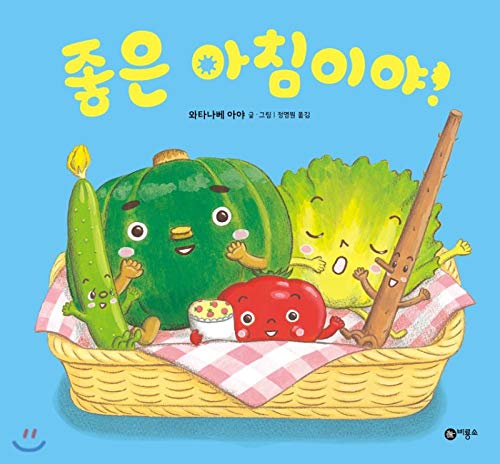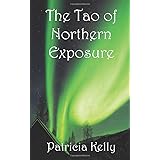In the world of theatre, playwrights are the architects who construct the foundation upon which performances are built. Among these creative visionaries is Aya Watanabe, a playwright known for her innovative narratives that explore complex themes of identity, culture, and human relationships. This article delves into the behind-the-scenes creative process of Aya Watanabe, highlighting her inspirations, methodologies, and the collaborative nature of theatre production.
Who is Aya Watanabe?
Before diving into her creative process, it’s essential to understand who Aya Watanabe is. Watanabe, a Japanese-born playwright, has made a significant impact on contemporary theatre with her unique storytelling style. She often blends elements of her cultural background with universal themes, creating works that resonate with diverse audiences. Some of her notable plays include:
- “Echoes of Silence” – A poignant exploration of grief and memory.
- “The Unraveling” – A narrative that delves into the complexities of cross-cultural relationships.
- “Fragments of Tomorrow” – A futuristic tale that examines the consequences of technology on human connection.
Watanabe’s background significantly influences her writing, as she often draws on her experiences and observations from both Japan and the Western world. This bi-cultural perspective enriches her narratives and introduces a fresh lens through which audiences can engage with her work.
Inspiration: The Seeds of Creation

Every playwright has a source of inspiration that fuels their creativity. For Aya Watanabe, inspiration comes from various facets of life:
- Personal Experiences: Watanabe often reflects on her personal journey, considering how her identity as a Japanese woman shapes her worldview and artistic expression.
- Cultural Influences: Elements of Japanese culture, folklore, and traditions frequently weave into her narratives, offering a unique blend of cultural storytelling.
- Current Events: Watanabe stays attuned to global issues, using her platform to address social justice, environmental concerns, and human rights.
- Literature and Art: Influenced by a diverse range of authors and artists, Watanabe often integrates literary techniques and visual arts into her playwriting.
By synthesizing these diverse sources of inspiration, Watanabe creates rich, multi-dimensional characters and narratives that captivate audiences.
The Writing Process: From Concept to Script
The journey from idea to finished script is a complex and often laborious process for playwrights. Watanabe’s writing process involves several key stages:
1. Ideation and Brainstorming

Watanabe begins her creative process with brainstorming sessions where she allows ideas to flow freely. This phase is characterized by:
- Journaling thoughts and ideas.
- Sketching character arcs and plot outlines.
- Engaging in discussions with fellow writers and friends to gather feedback and perspectives.
2. Drafting

Once the initial ideas are solidified, Watanabe moves to drafting the script. During this stage, she focuses on:
- Creating compelling dialogue that captures the essence of each character.
- Structuring the play to maintain a coherent narrative flow.
- Incorporating thematic elements that resonate with her audience.
Watanabe emphasizes the importance of writing multiple drafts. Her philosophy is to “write, rewrite, and then rewrite again,” ensuring that every line serves a purpose and contributes to the overall message of the play.
3. Workshopping

After completing a draft, Watanabe often participates in workshops where actors and directors read the script aloud. This collaborative effort serves several purposes:
- Identifying pacing and flow issues in the dialogue.
- Gathering feedback from actors on character motivations and dynamics.
- Testing audience reactions to specific scenes or plot twists.
Workshopping is a crucial part of Watanabe’s process, as it allows for real-time adjustments and refinements based on the collective input of the creative team.
The Collaborative Nature of Theatre
Theatre is inherently a collaborative art form, and for Watanabe, collaboration is at the heart of her creative process. She values the contributions of directors, actors, and designers, recognizing that each collaborator brings a unique perspective to the table.
1. Director Collaboration
Watanabe often collaborates closely with directors to ensure her vision translates effectively onto the stage. This partnership involves:
- Regular discussions about thematic interpretations and staging choices.
- Working together to explore the emotional depth of scenes.
- Adjusting script elements based on directorial insights and vision.
2. Actor Input

Watanabe believes that actors breathe life into her characters, and she encourages their input during the rehearsal process. This engagement includes:
- Encouraging actors to improvise and explore their characters’ backstories.
- Allowing actors to suggest changes to dialogue based on their interpretation.
- Encouraging open communication about character motivations and emotional arcs.
3. Design Team Collaboration
The visual and auditory elements of a play play a significant role in storytelling. Watanabe collaborates with set designers, costume designers, and sound designers to create a cohesive aesthetic that enhances the narrative. This collaboration involves:
- Discussing the overall tone and atmosphere of the play.
- Working together to ensure that visual elements align with thematic content.
- Incorporating design elements that reflect cultural influences when applicable.
Challenges and Overcoming Obstacles
Every playwright faces challenges during the creative process. For Watanabe, these obstacles often stem from:
- Self-Doubt: As an artist, questioning one’s work is natural. Watanabe approaches this by seeking feedback and reminding herself of her purpose.
- Balancing Authenticity and Audience Expectations: Striving to remain true to her voice while also considering audience reception can be challenging. Watanabe navigates this by engaging with her audience through post-show discussions.
- Working under Time Constraints: Tight deadlines can lead to stress. Watanabe prioritizes her tasks and sets realistic goals to manage her time effectively.
The Impact of Aya Watanabe’s Work
Aya Watanabe’s contributions to theatre extend beyond her plays. Her work encourages cultural dialogue and challenges audiences to reflect on their perceptions of identity and belonging. By addressing complex themes and human experiences, Watanabe has positively impacted the theatrical landscape.
Statistics on Playwright Diversity
Watanabe’s success is significant in the context of diversity in theatre. According to a 2022 report by the Dramatists Guild, only 27% of plays produced in the United States were written by women, with even fewer works by playwrights of color. Watanabe’s presence in the field highlights the importance of amplifying underrepresented voices in the arts.
Conclusion: The Essence of Aya Watanabe’s Creative Process

Aya Watanabe’s creative process is a multifaceted journey that intertwines personal experiences, cultural influences, and collaborative efforts. Her ability to draw inspiration from various sources and her commitment to refining her craft through workshops and feedback exemplify her dedication to the art of playwrighting. As a trailblazer in contemporary theatre, Watanabe not only enriches the narratives we see on stage but also paves the way for future generations of diverse voices in the arts. Her work serves as a reminder that storytelling transcends boundaries, fostering understanding and connection among audiences worldwide.


